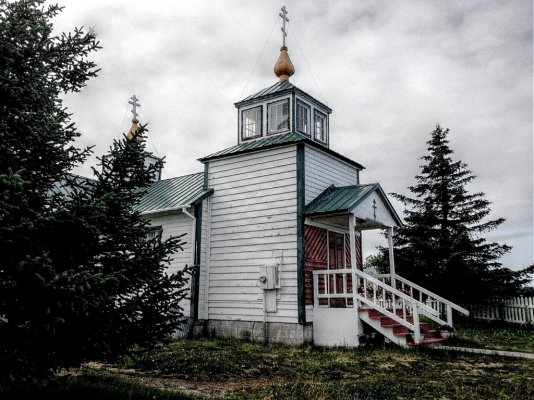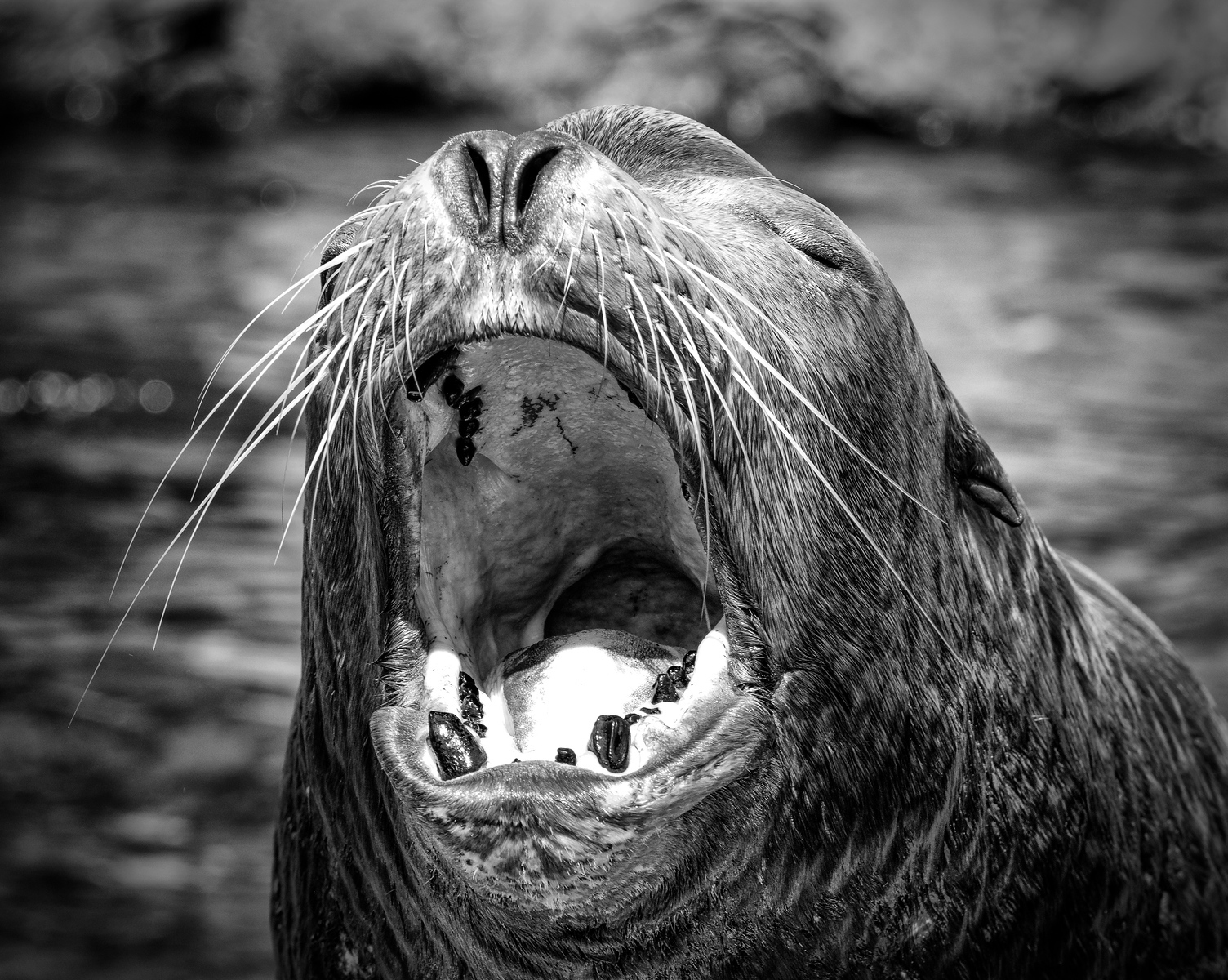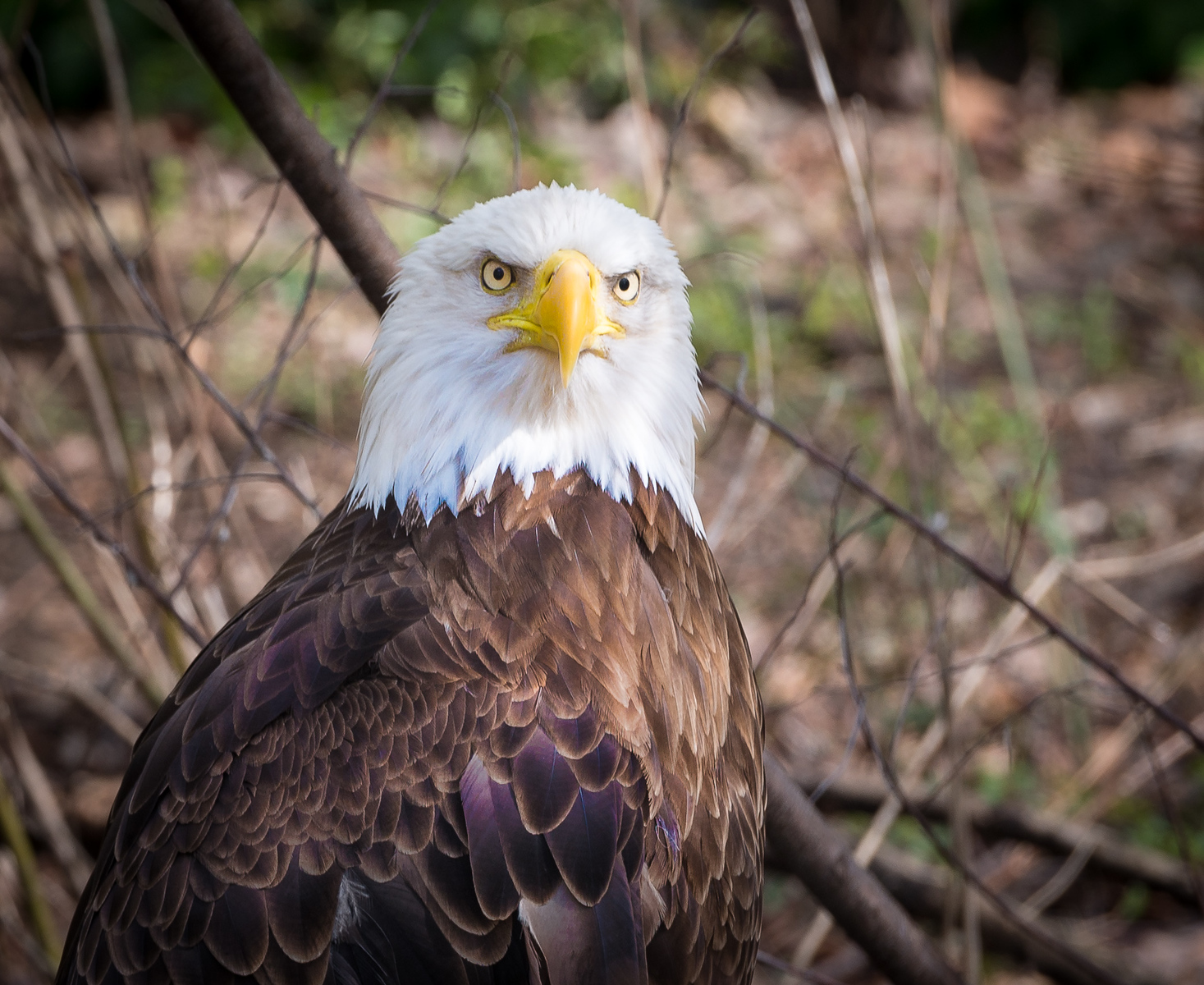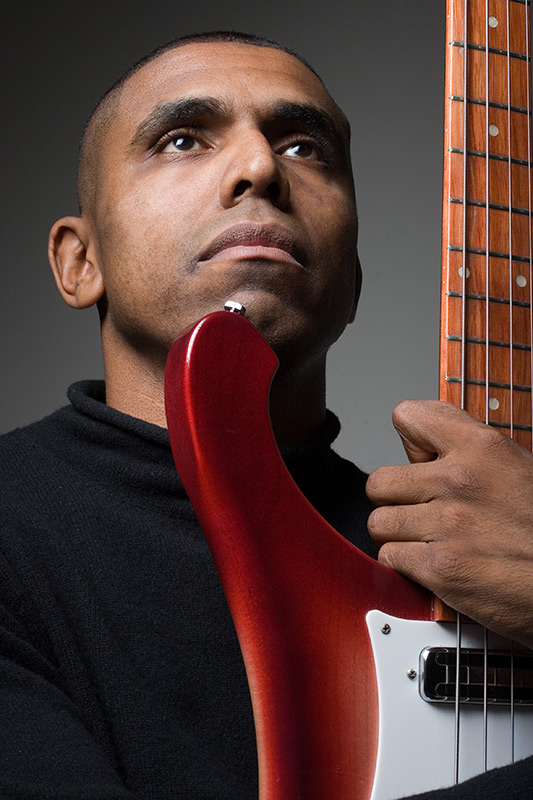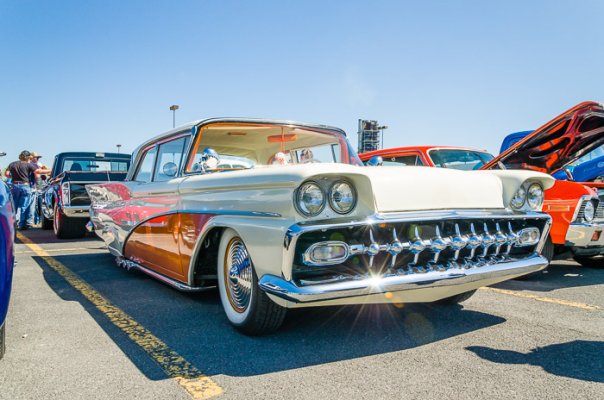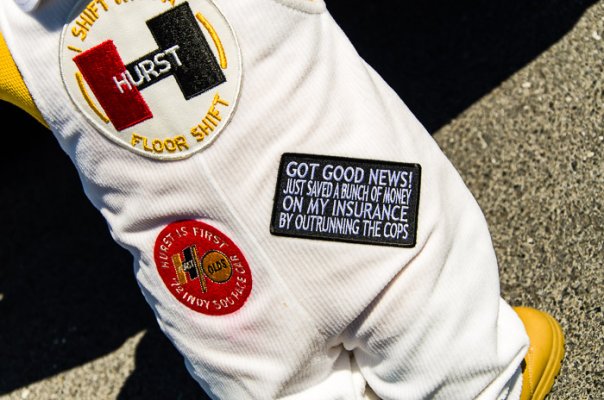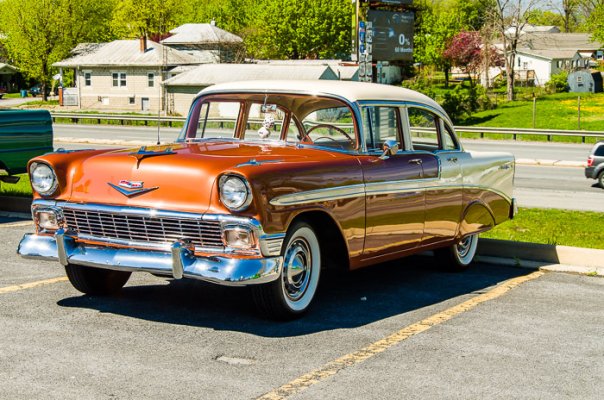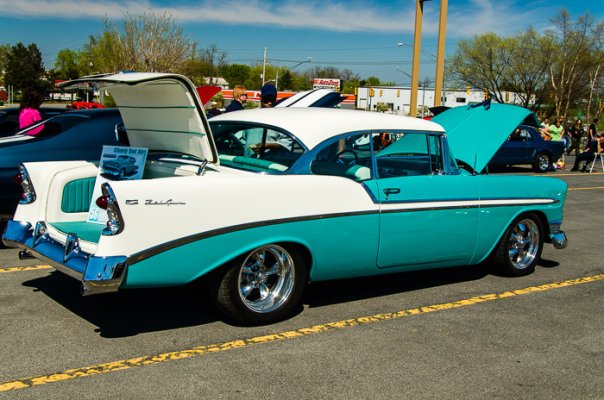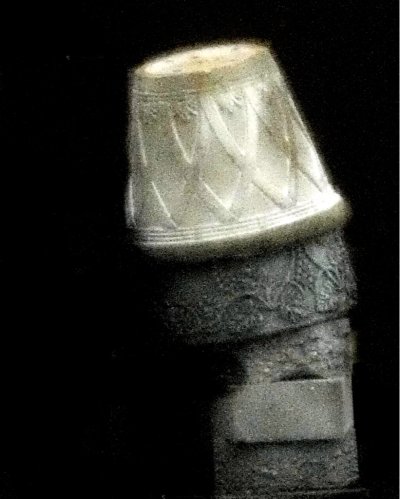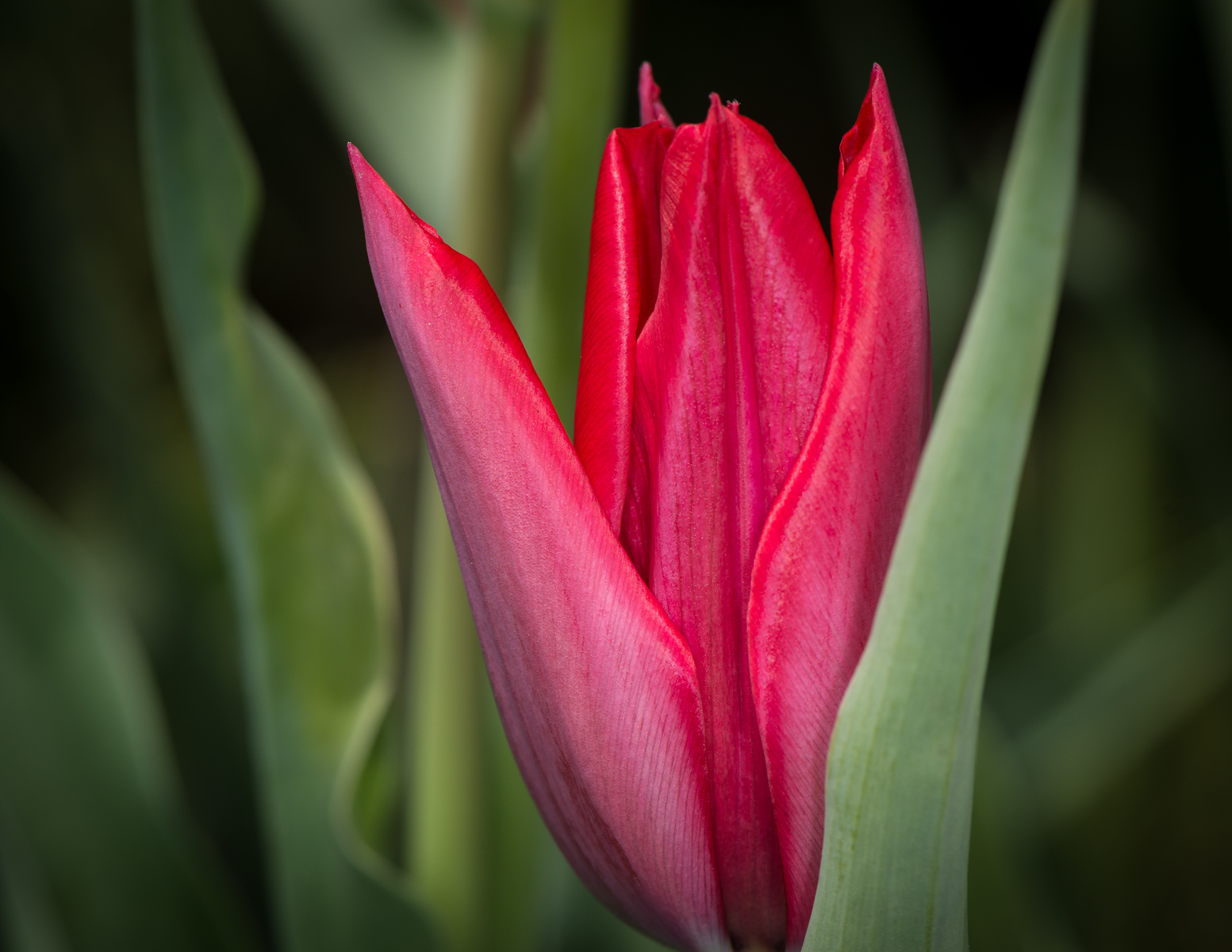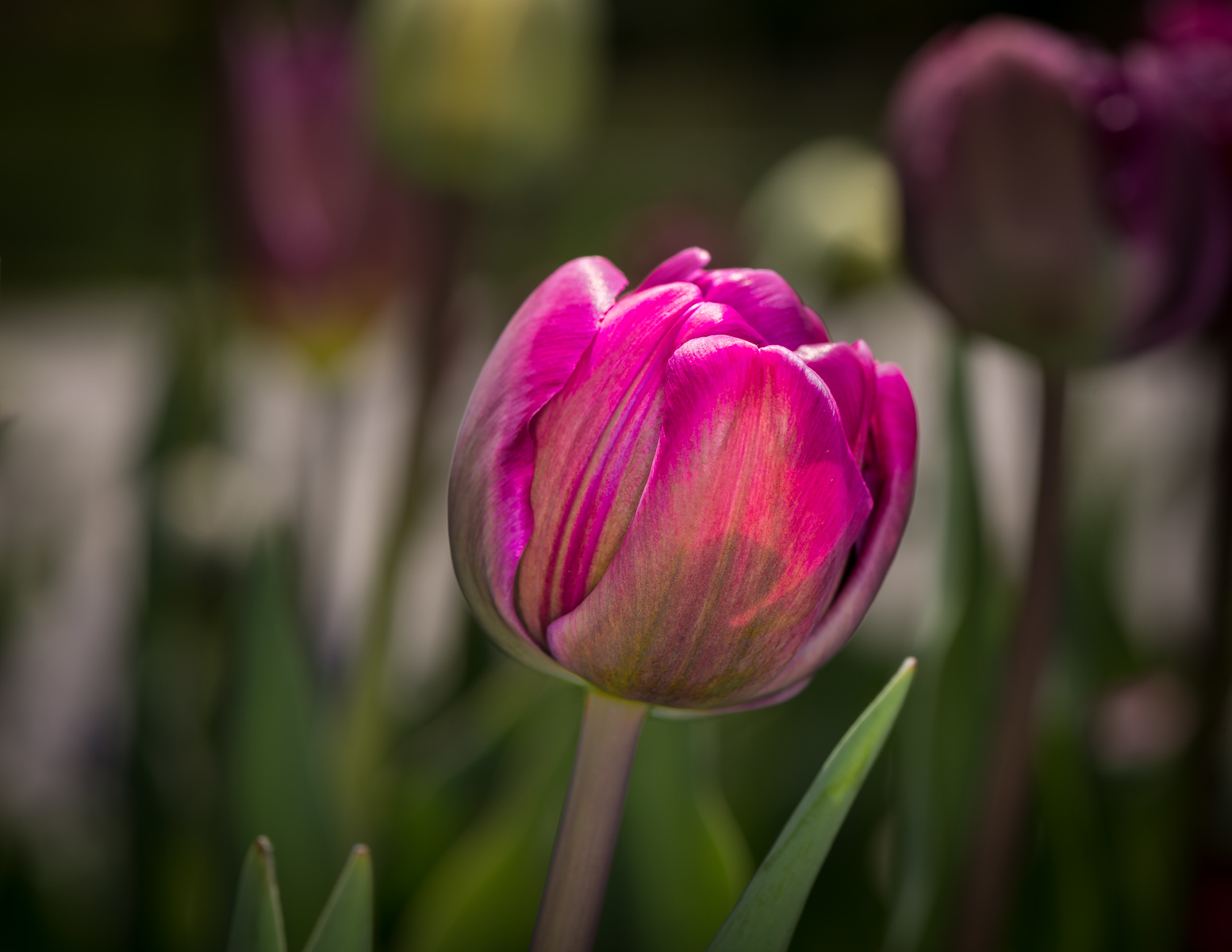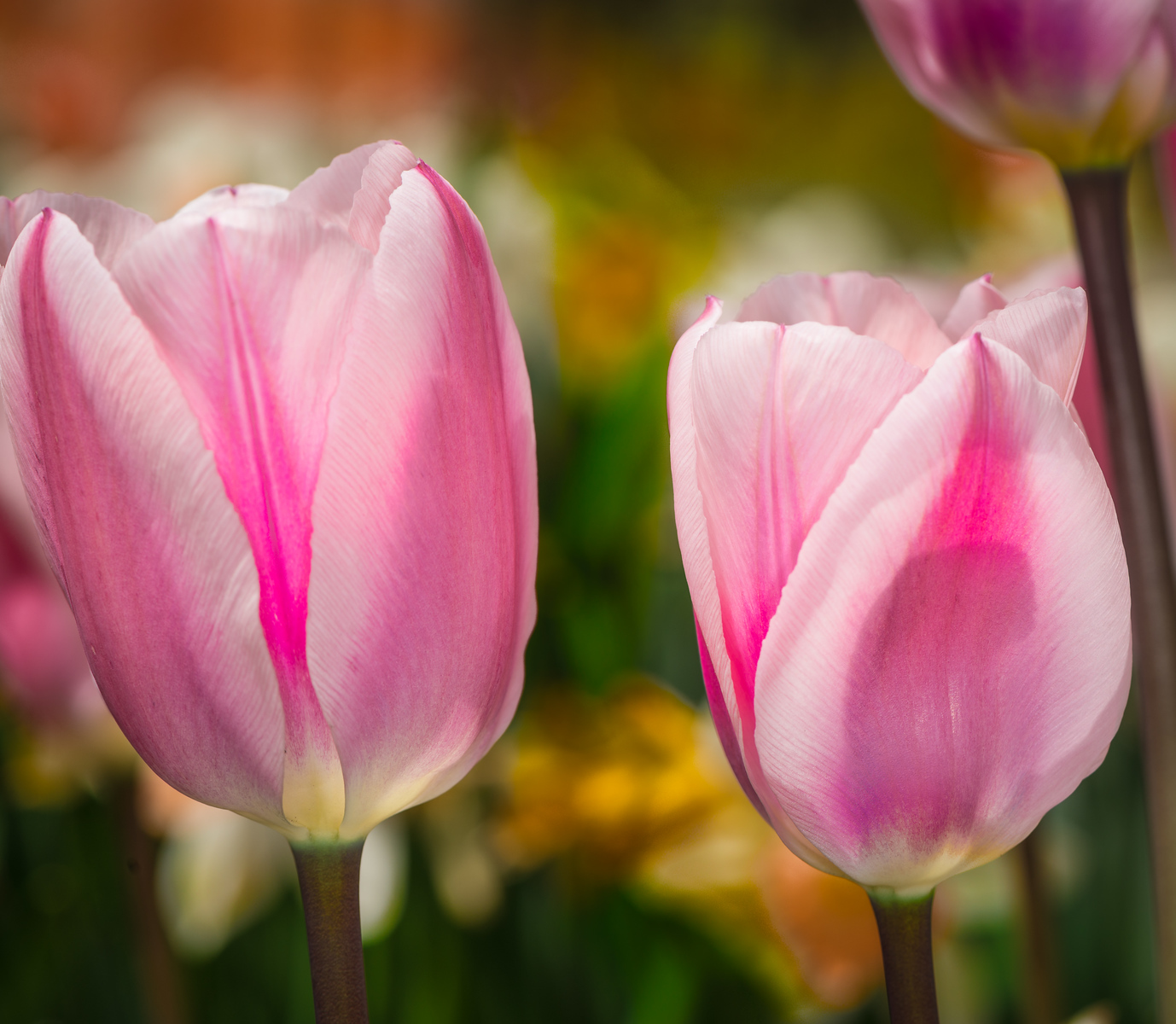seraphim
Thinks s/he gets paid by the post
- Joined
- Mar 6, 2012
- Messages
- 1,555
Does anyone use the pen tool much in Photoshop? I've recently gotten somewhat ahead of the learning curve on it and once that's done it's pretty neat, although labor-intensive. But the results are worth it. This is an "afterthought" shot I took while at the roundhouse, of a light fixture on the train station.
I did the cutout of the fixture in about 45 minutes, more practice will cut that a lot. There are some places where the rust on the bottom of the fixture is almost the exact same color as the brick so using a color-based or contrast-based selection tool would be difficult at best. Plus, since the pen tool is based on lines, not pixels, so you get a much cleaner cut when the path is turned into a selection.
Anyway the image with the brick wall included has the path imbedded if anyone wants to play with it. I don't know if other software will read that or not. According to this article almost every image editing program has some variant of it:
There is also a 'magic wand' which selects a group of similar color pixels - use it holding down the shift key (I think) and you can select an object more quickly. It may need some cleanup around the edges, but is quicker. You can then use inverse selection to select everything but the object, then cut the background out.

